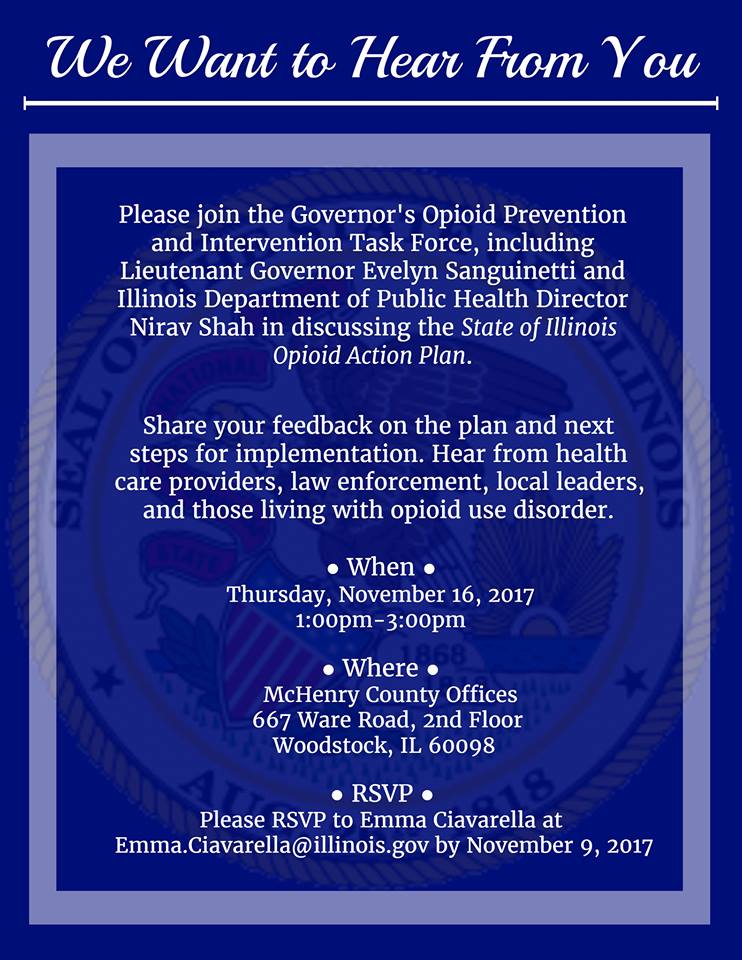
3 Footnote See ArtI.S7.C2.1.3 Line Item Veto ArtI.S7.C2.1.4 Legislative Veto.

The Court has also issued decisions limiting vetoes in certain contexts, including the line item veto and the legislative veto. 2 Footnote The Confiscation Cases, 87 U.S. While the President may exercise the veto power to prevent a bill from becoming law, the Court has held that, once a bill becomes law, the President has no authority to repeal it. The Supreme Court has held that the two-thirds vote of each Chamber required to pass a bill over a veto refers to two-thirds of a quorum. The Presentment Clause allows the President to veto legislation, preventing it from taking effect unless two thirds of both the House and Senate vote to override the veto. If any Bill shall not be returned by the President within ten Days (Sundays excepted) after it shall have been presented to him, the Same shall be a Law, in like Manner as if he had signed it, unless the Congress by their Adjournment prevent its Return, in which Case it shall not be a Law. But in all such Cases the Votes of both Houses shall be determined by yeas and Nays, and the Names of the Persons voting for and against the Bill shall be entered on the Journal of each House respectively. If after such Reconsideration two thirds of that House shall agree to pass the Bill, it shall be sent, together with the Objections, to the other House, by which it shall likewise be reconsidered, and if approved by two thirds of that House, it shall become a Law. Every Bill which shall have passed the House of Representatives and the Senate, shall, before it become a Law, be presented to the President of the United States If he approve he shall sign it, but if not he shall return it, with his Objections to that House in which it shall have originated, who shall enter the Objections at large on their Journal, and proceed to reconsider it.


 0 kommentar(er)
0 kommentar(er)
